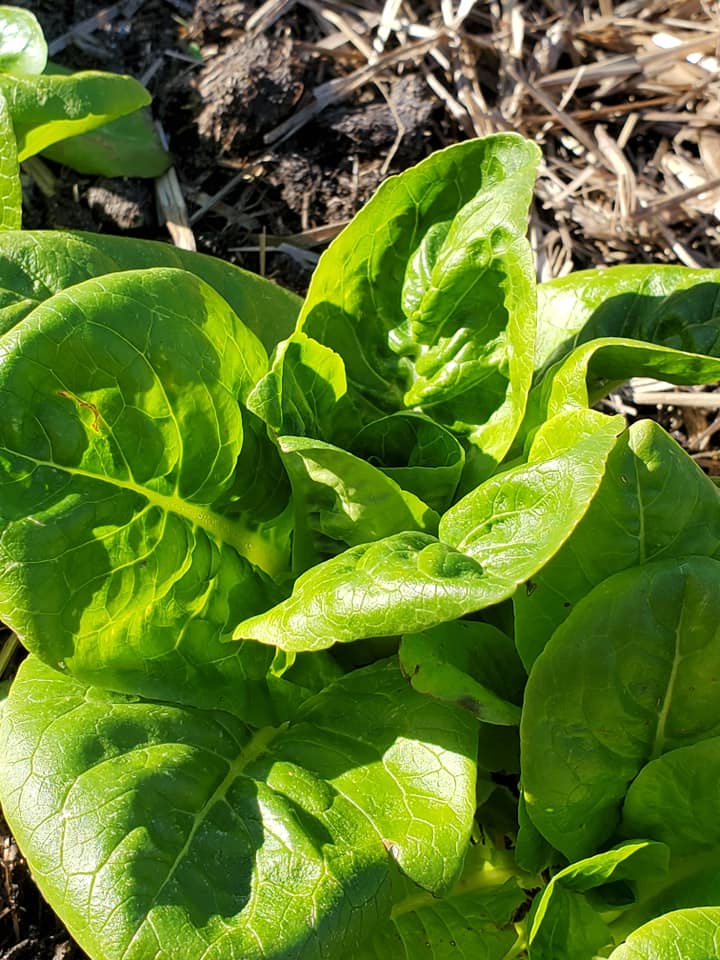
John Askin’s Garden: Lettuce
As we know, from 1774 to 1775 John Askin used his journal to record activities in his garden.

As we know, from 1774 to 1775 John Askin used his journal to record activities in his garden.
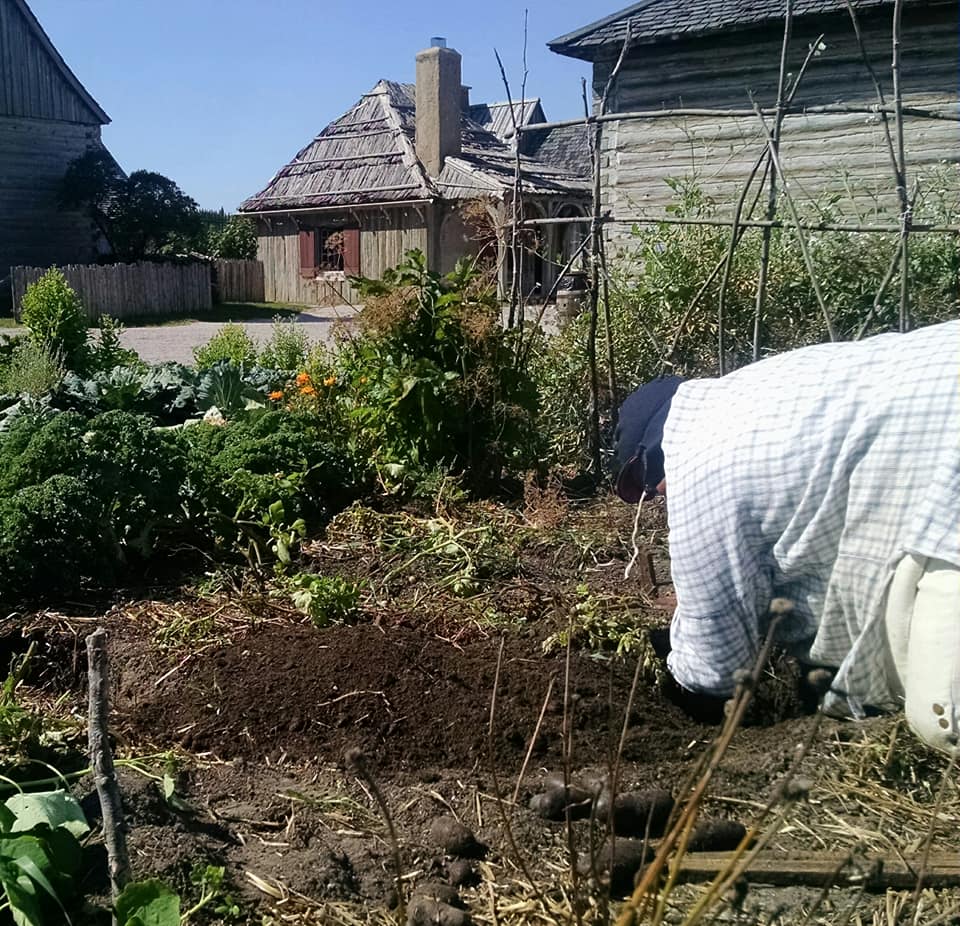
Although most food was purchased and shipped to Michilimackinac, local gardens provided an important source of fresh produce for the community’s 18th century residents. We currently maintain over 5,000 square
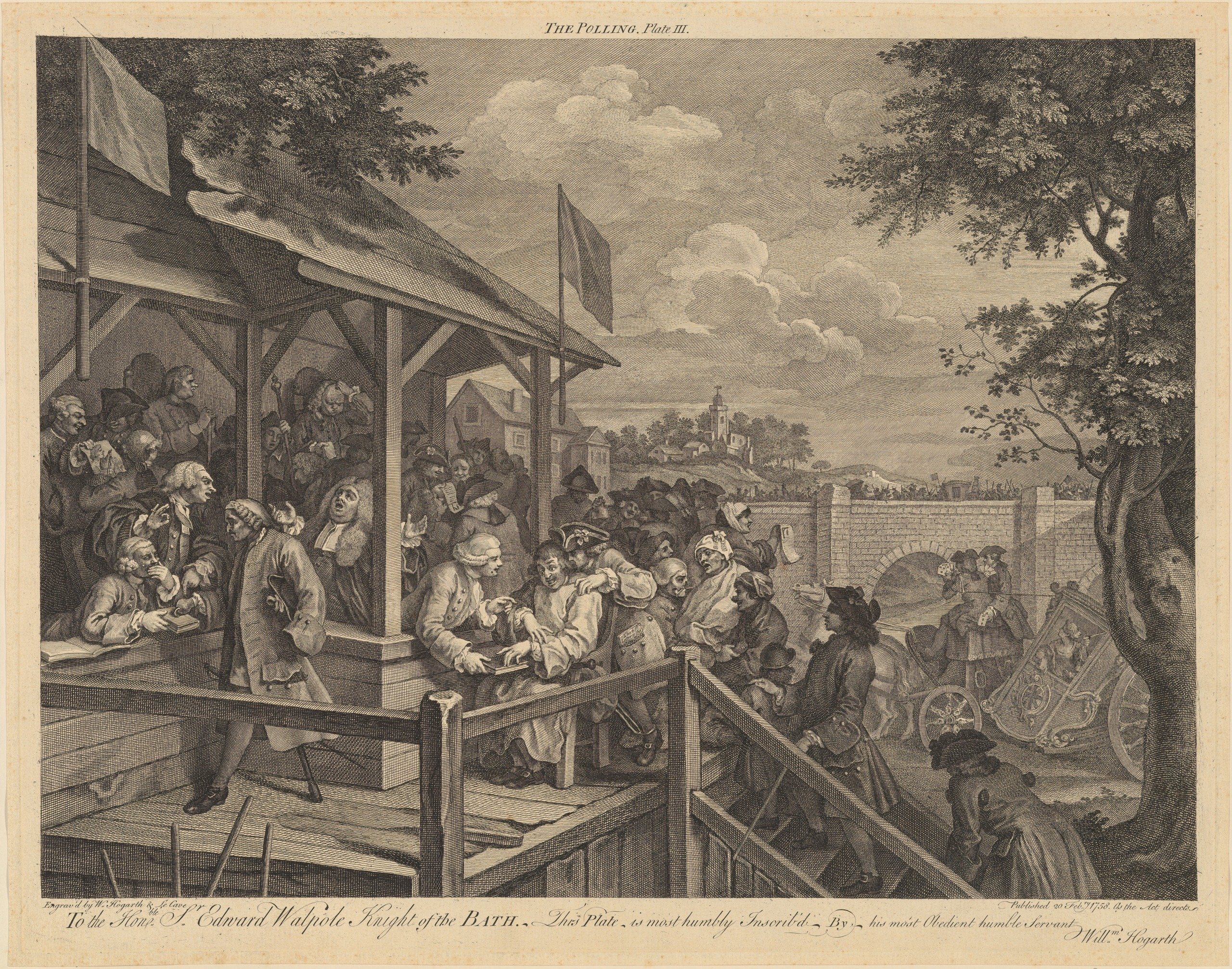
With Election Day 2020 upon us, let’s take a look at British elections over two centuries ago.
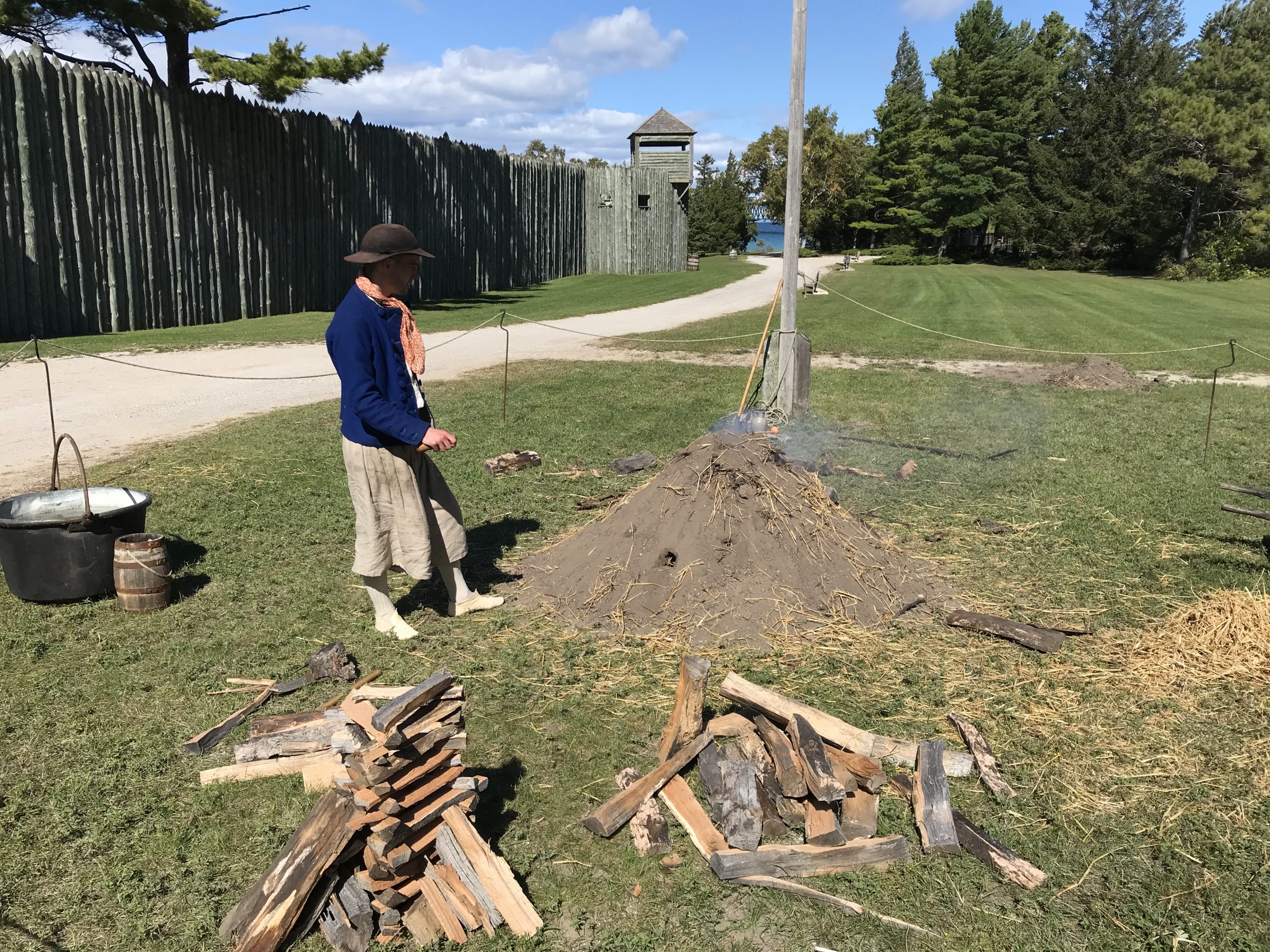
Charcoal is one of the few things that we know for sure would have been produced at Michilimackinac in the 18th century. Join Michilimackinac blacksmith Justin Popa as he attempts to make charcoal the same way the historic residents of Michilimackinac would have.
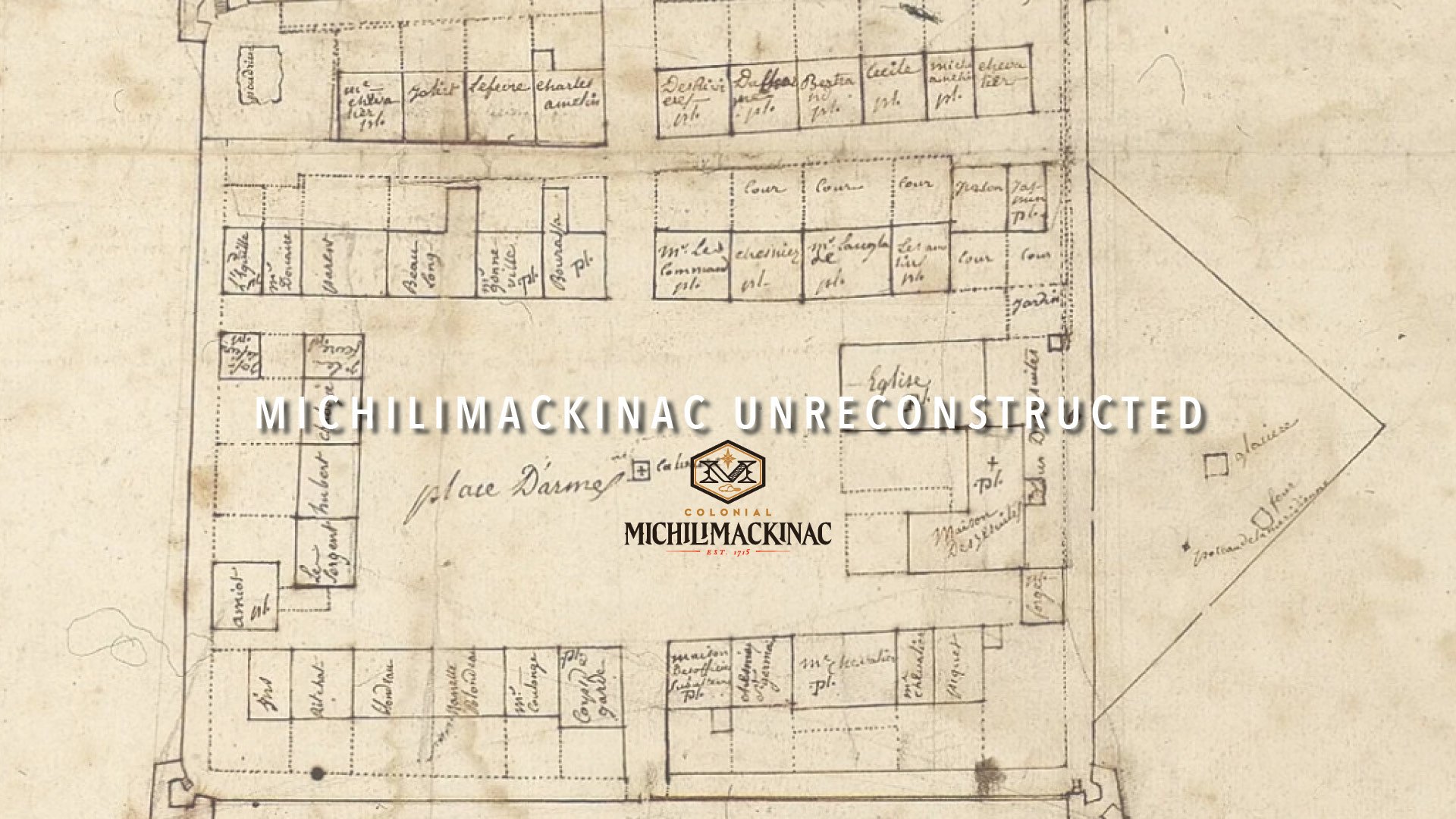
All the of the buildings you see at Michilimackinac today are based on archaeological excavations, but not every structure that has been excavated has been reconstructed. Join Curator of Archaeology
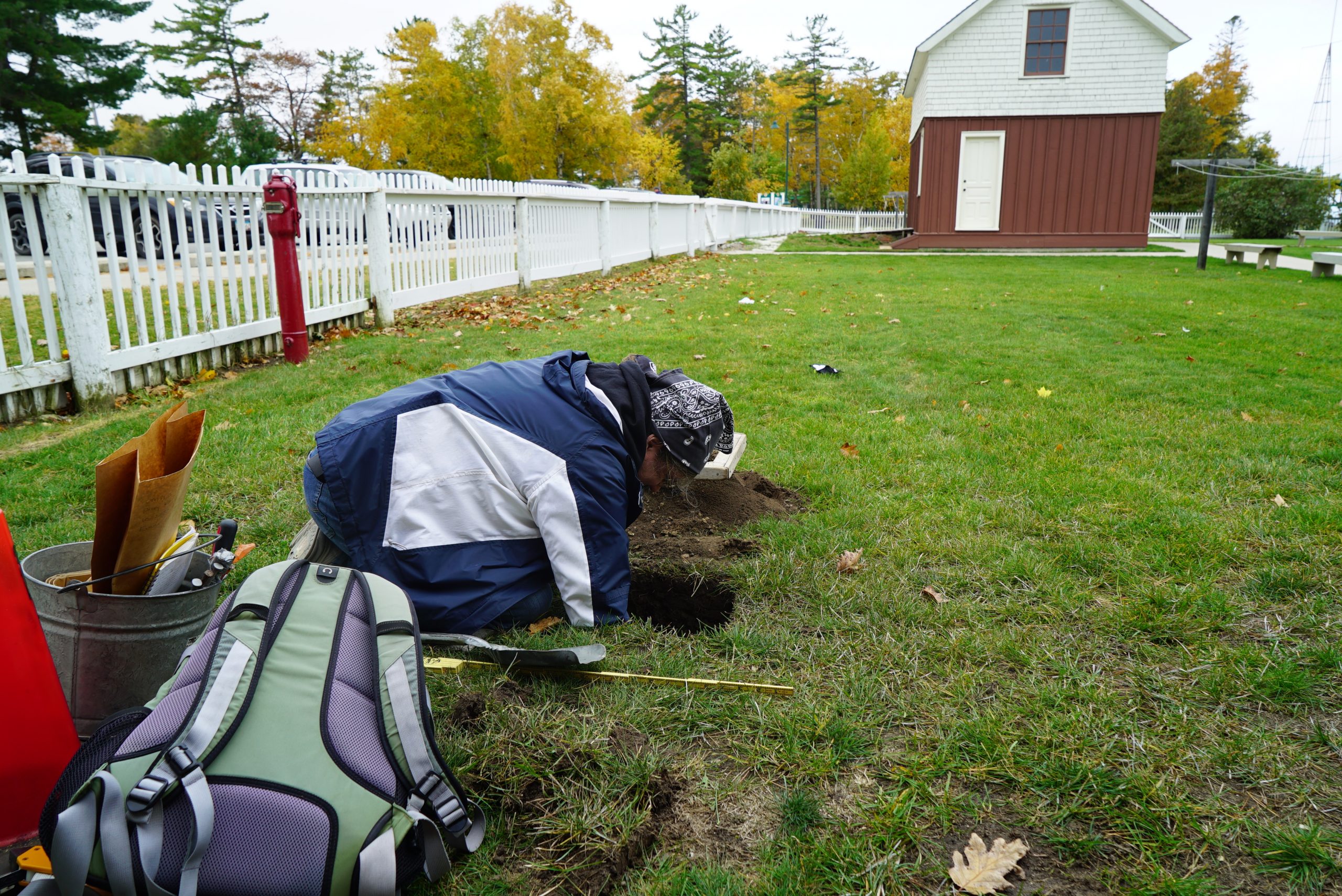
In 2004, Mackinac State Historic Parks began a long-term project to restore the original buildings at the Old Mackinac Point Light Station and reconstruct the missing elements.
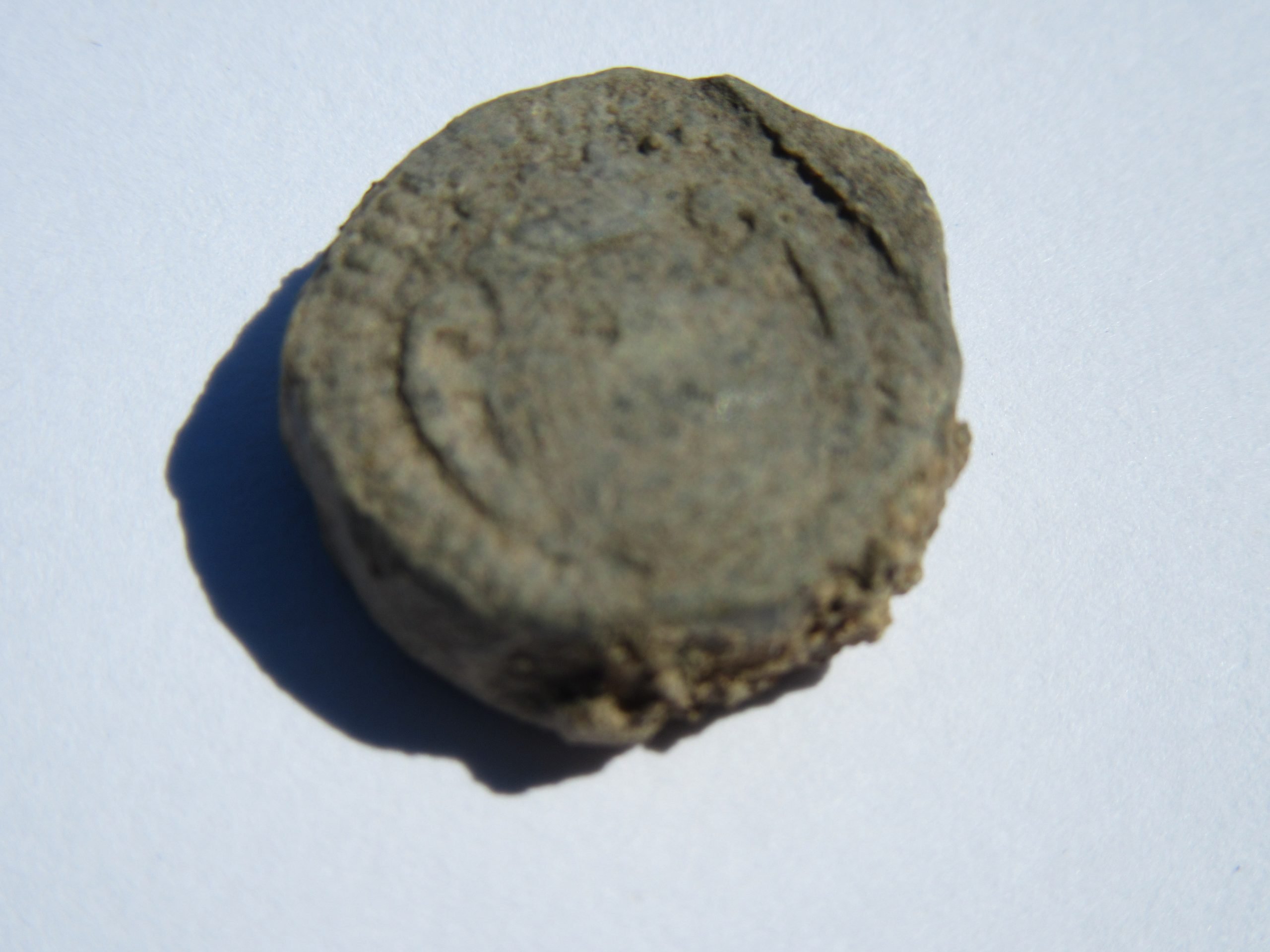
The second half of the archaeological field season had similar themes to the first half (see the first half recap here). Again, the most interesting artifact came from the central root cellar.
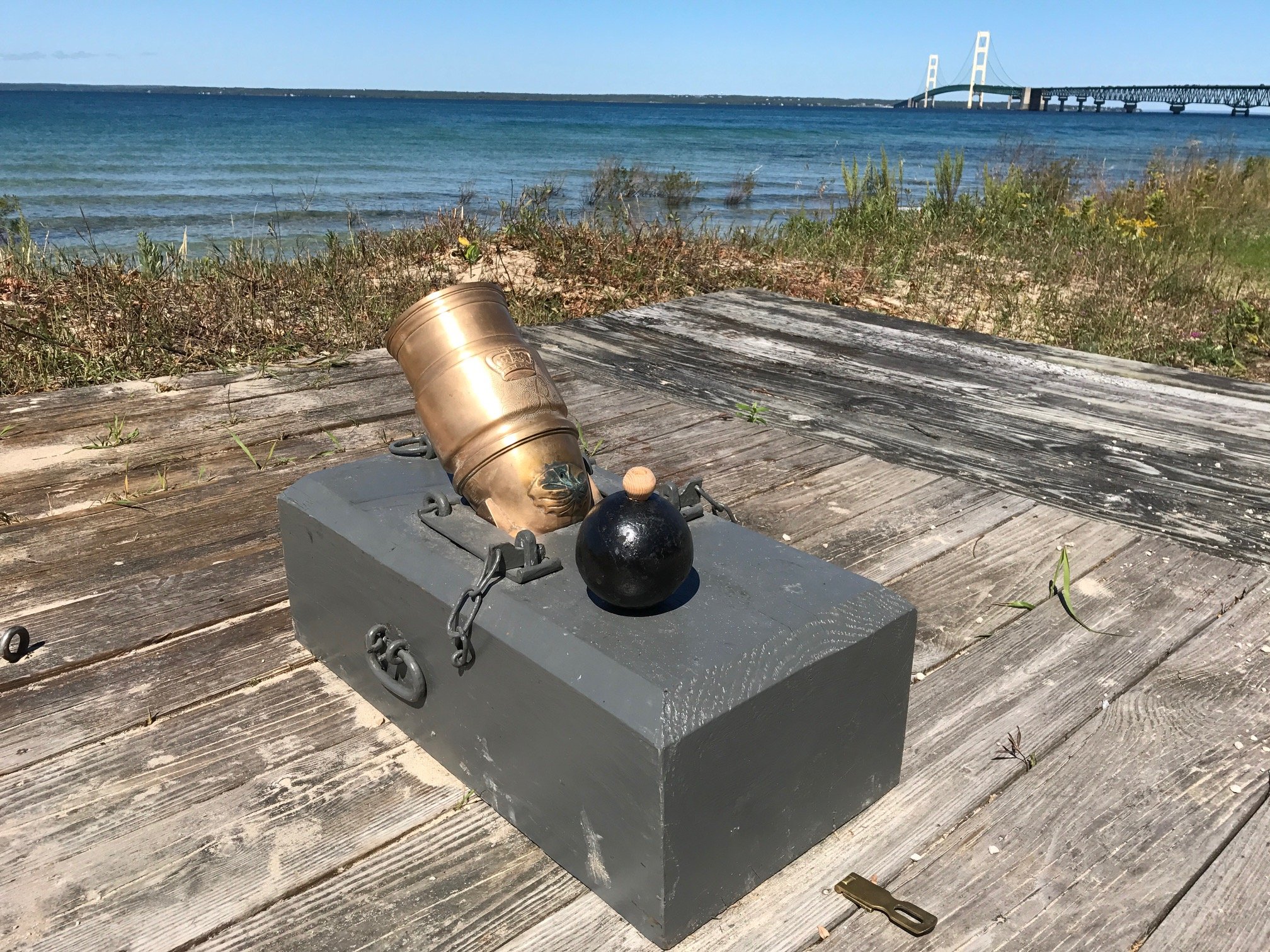
Over the past few years the staff at Mackinac State Historic Parks has diligently been adding reproductions of Michilimackinac’s artillery throughout the site to provide visitors an accurate representation of what the site looked like in the 1770s.

Halfway through the archaeology season we have found some interesting artifacts, the end of some features, and more questions. The root cellar in the southeast corner of the house has